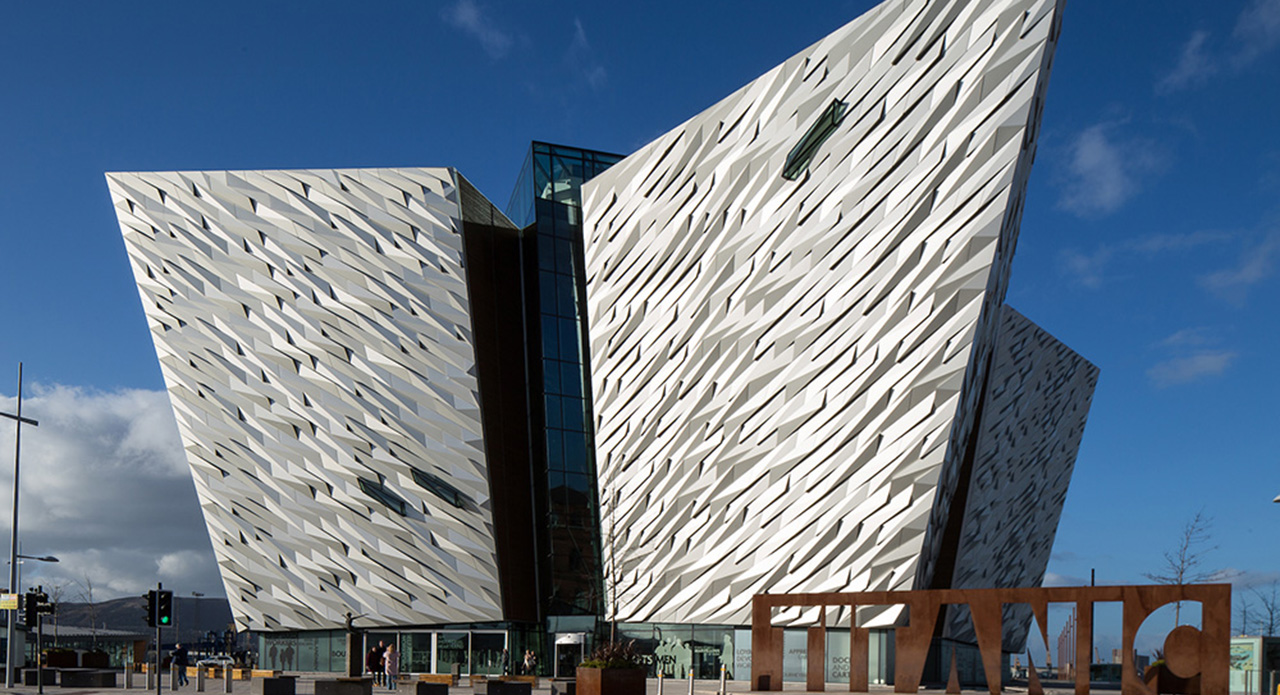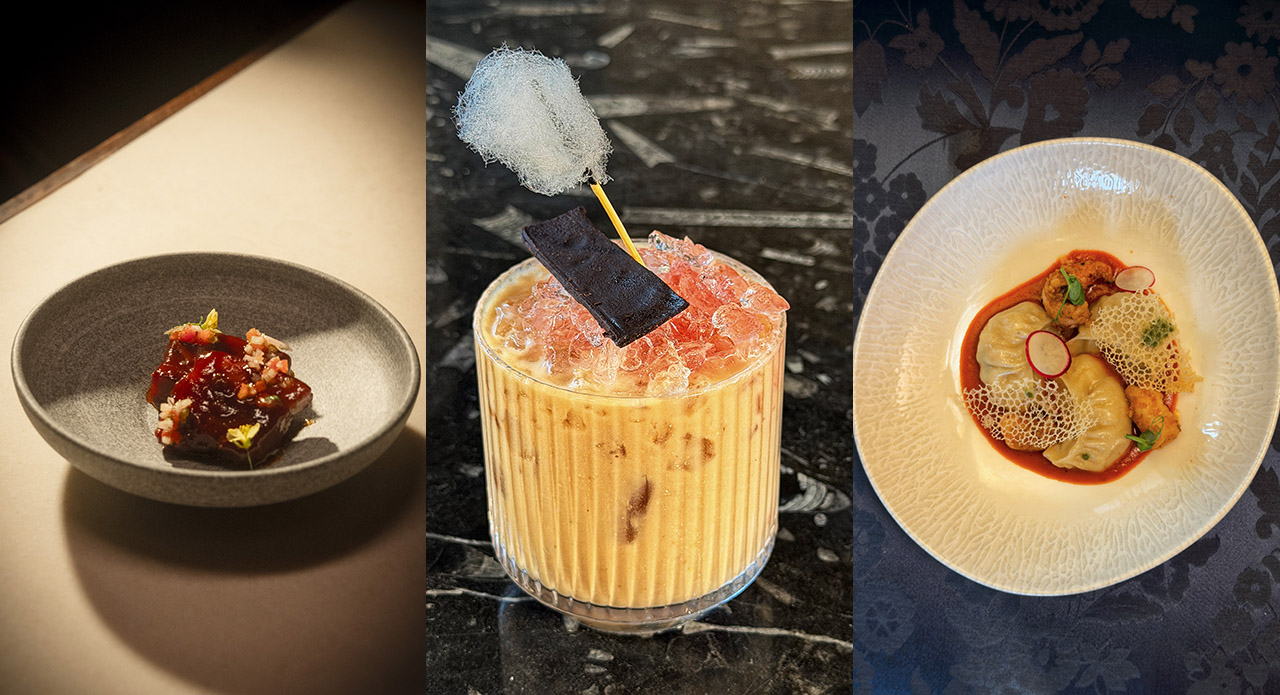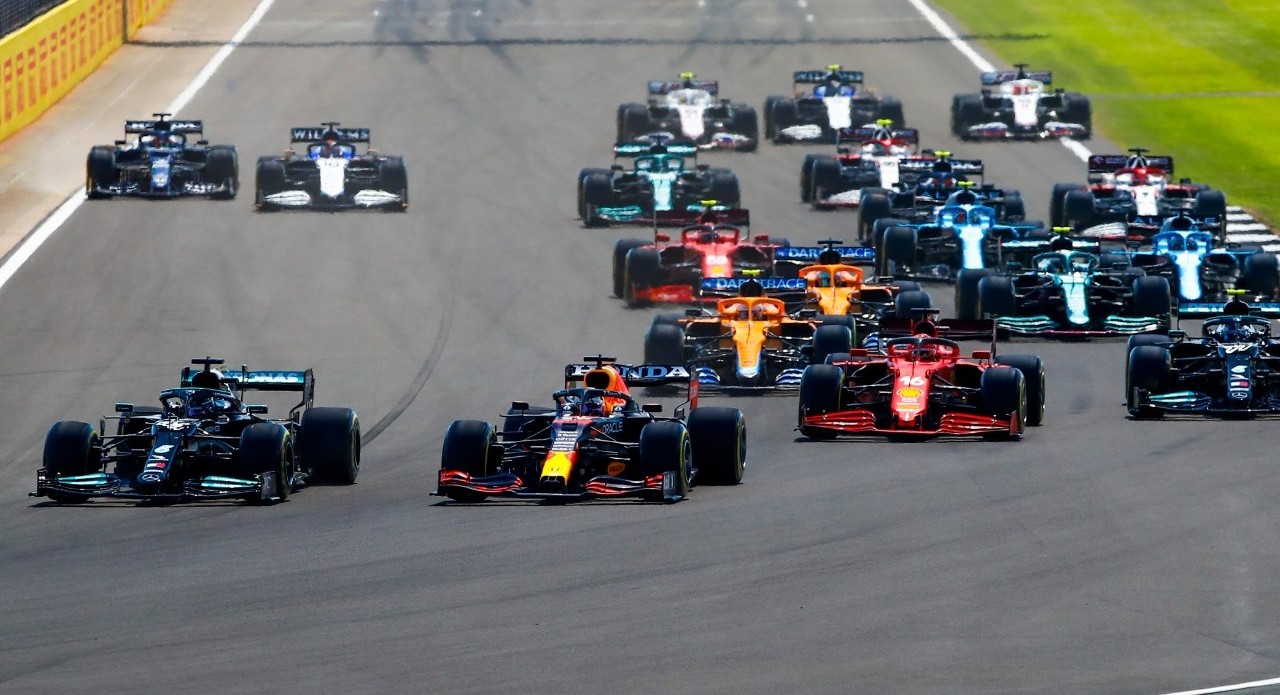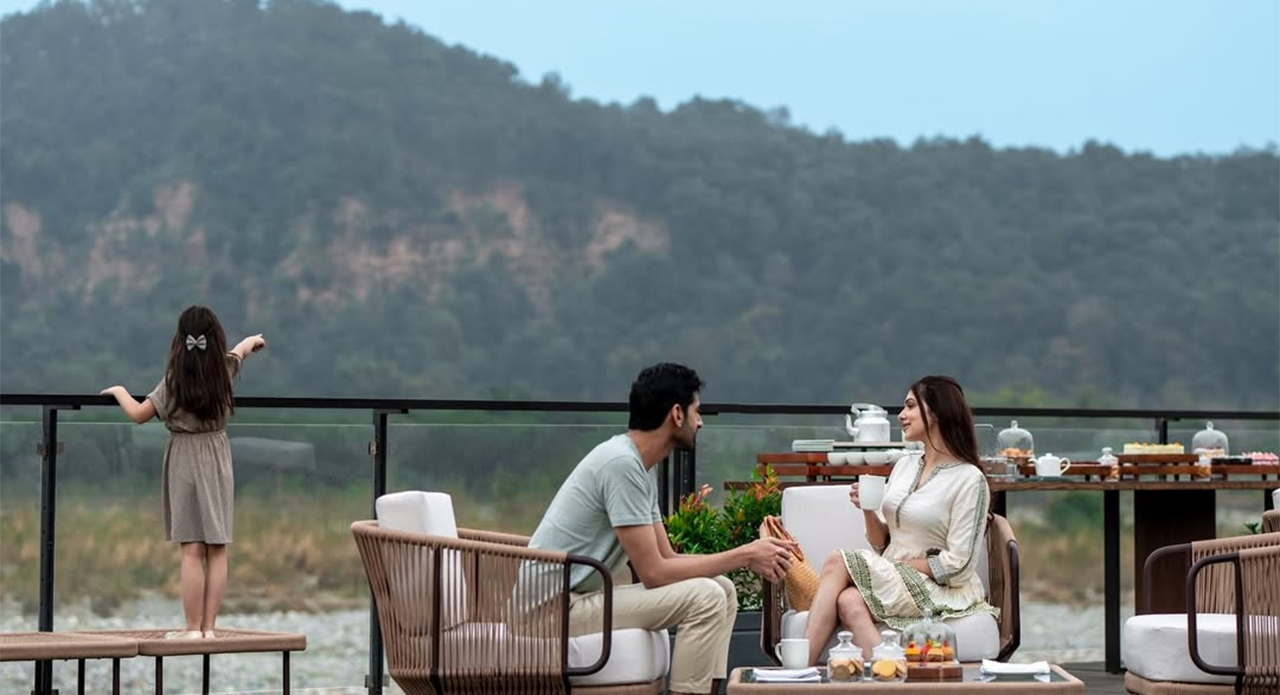Chef Himanshu Saini is on a mission to take Indian food global. His restaurant in Dubai, Trèsind Studio, bagged the second spot on Middle East and North Africa’s 50 Best Restaurants 2023 and is ranked number 11 on the World’s 50 Best Restaurants 2023 list. This also makes Saini the only Indian-born chef in the world to run a two-Michelin-star Indian restaurant, Trèsind Studio. Saini’s journey has been nothing but meteoric having started his career with Indian Accent, Delhi before becoming the opening chef for Masala Library and Farzi Cafe. He now oversees culinary activities at the highly rated Trèsind restaurant and the recently launched vegetarian restaurant Avatara, both in Mumbai.

This year, the watchmakers from Vallée de Joux, Jaeger-LeCoultre, commissioned chef Saini, the ingredient scientist, who showcases his unique approach blending science and gastronomy, to create ‘The Precision Atelier’, a new gastronomic experience dedicated to the science of ingredients. The latest collaboration under its ‘Made of Makers’ programme, The Jaeger-LeCoultre Precision Atelier invited visitors to sample four savoury bites paired with beverages specially created by Chef Saini to showcase his unique fusion of flavours and science, his remarkably precise blending of spices and the beautiful precision of his highly artistic presentations, inspired by the rich legacy of the Indian cuisine. Here are the excerpts from my chat with the chef at the Watches and Wonders 2024, Geneva, while he and his team served his carefully crafed bites and drinks.
Edited excerpts:
1. The Precision Atelier debuts in Watches and Wonders this year, and before it makes a journey worldwide, are you excited and what are you expecting?
I’m excited because I get to collaborate with a brand like Jaeger-LeCoultre that has such a rich history and tradition. I think my agenda both for my restaurant and my cooking is just to promote the heritage of Indian food in a cool and contemporary way. I’m happy that I get to showcase this through Jaeger-LeCoultre and break the perception people have about Indian food being rustic and heavy. So, when we take Precision Atelier to other countries also, it will be a good exposure.
2. Where are you travelling to next?
The next Precision Atelier is in Dubai, and I’m based in Dubai. After Dubai, in September we’re going to be in Beijing. We are yet to make the rest of the plan.

3. Gastronomy and fine watchmaking, seemingly unrelated, have a lot of similarities. Your take?
I think what we are focusing on here is the precision. When I visited the Jaeger-LeCoultre manufacturing unit, I saw a lot of movements and complications in the timepieces and I concluded that food cannot be so precise. Of course, we share the same principles, but produce from yesterday cannot be the same as today. So, in cooking, you always have to adjust, and try to balance. Maybe the tomatoes yesterday were sourer and the tomatoes today are sweeter. But in terms of watchmaking, you cannot even take a single incorrect step, or else you’ll have to start the whole process again. This collaboration, though, is all about finding precision in cooking even though it cannot be 100% precise, we still try and relate to the principles of watchmaking and find common ground with the principles of cooking.
4. You have earned two Michelin stars for your restaurant in Dubai, tell us does it take to earn a Michelin star or two?
Yes, thank you. I think it’s persistence. You have to be unique in your approach and this is what I try to do with my restaurant and steer clear of what is already there in the market to attract guests to come to you. With my restaurants, I try to break every stereotype about Indian food, I would not serve bread, and I would not serve rice. It’s because people already know and expect it from Indian cuisine. I try to offer much more than what people already know about it, which is very limited. If you ask anyone to name five Indian dishes, we all know that what they will be. Indian food is so diverse, if you travel 200 km in any direction you will see how it changes. So my agenda is to break all that stereotypical perception about it. And then, of course, Michelin looks after so many aspects when they judge a restaurant: quality of ingredients, the personality of the chef in terms of cooking, value for money, and I think a unique idea is if the restaurant is worth a stop or it’s worth a special journey that defines a restaurant being one, two, and three stars. One means it’s worth a stop, two means worth a detour, and the three means special journey.
5. Name chefs who inspire you and why.
I think chef Manish Mehrotra because of Indian Accent. I started my career under him in 2008, so he’s my master and mentor. The second chef I am amazed with is chef Massimo Bottura from Osteria Francescana, what he did to Italian food 20 years ago is what we want to do with Indian food now.

6. So, what’s next for Himanshu Saini?
I think it’s just to travel a bit more to lend my voice to the evolving face of Indian food. If it’s not more, then it shouldn’t be less than any other global cuisines. It has always lived under shadows and its time to spotlight the richness of India’s culinary diversity.
7. How are you following sustainable practices as a chef?
In Dubai, being sustainable is not a conscious act, especially since we know most produce in the Emirate is not local. But I try to do it subconsciously; like in my menu, out of 20 dishes, 10 dishes are vegetarian. We also try to use everything from the kitchen; extracts and everything which extends to the bar programme. So nothing is wasted in the kitchen. We have a small terrace garden on the rooftop where we grow quite a few of our ingredients ourselves.
8. Which is the one dish on your menu that draws inspiration from your roots but with a global outlook?
There’s a dish on our menu, which is quite a classic, the Kebab Scarpetta. It is our take on galouti kebabs. They’re so delicate and soft, and as we cook them on a copper pan, they release fat along with scrapings. We call it Kebab Scarpetta, because we want the guests to globally understand the phenomenon of breaking the bread and scraping it. Like how we do it In India, we call it ‘khurachna’. In Italy, they call it Scarpetta. Whatever is left over in the pan bubbling with the scraps of the meat you scrape it off and enjoy it.

9. Tell us something about your latest labour of love Avatara in Mumbai
We just opened the Avatara, Dubai’s only vegetarian Michelin-star restaurant, in Mumbai. It serves only vegetarian food, no onion, no garlic and it’s a tasting menu again. In India many people think of vegetarian food as limited to just paneer and mushroom, so here we won’t serve anything with those two. At Avatara, we will serve vegetables that may not have been your personal favourites, but will be made in a way where you kind of fall in love with them.
10. Tell us how you curated the Precision Atelier menu
To prepare the curated menu, I have drawn inspiration from different aspects of precision that I observed during my visit to the Jaeger-LeCoultre Manufacture in Le Sentier. Here are some of the highlights from our menu:

1. ‘Crimson Rosette’ expresses the notion of Precision of Fabrication through an intricate assembly of colours and forms, layering together the flavours of beetroot, pine nuts, orange zest, amaranth and arugula;

2. Alluding to the Precision of Transformation in watchmaking – from raw materials to finished timepieces – ’Verbena Outburst’ features a ‘liquid stone’ flavoured with lemon verbena, mint and Indian spices;

3. ‘Mysterious Forest’ encapsulates the Precision of Taste, uniting the flavours of wild mushrooms, artichokes and chestnuts in a presentation that immediately brings to mind the mossy floor of the Vallée de Joux pine forests;

4. ‘Pine Nut Delight’ translates the Precision of Chronometry through a meticulously timed soaking process that creates a rich pine nut milk. Combined with cacao, vanilla, red grapes, hibiscus and spices, it delivers an extraordinary taste sensation.







